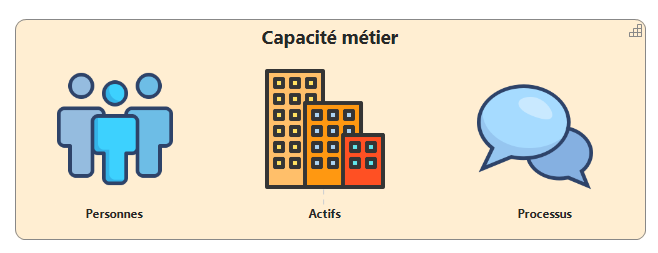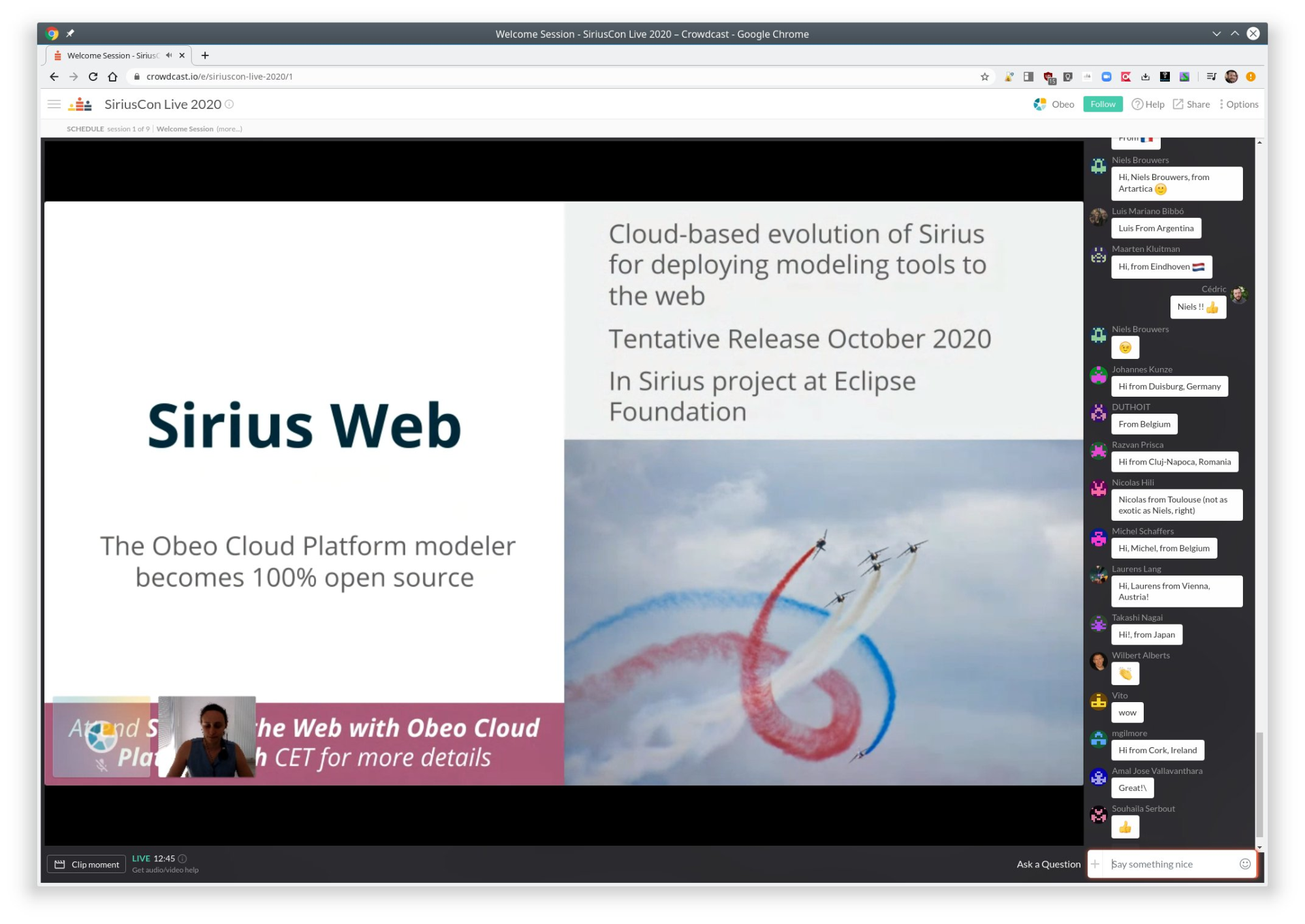L’ Architecture d’Entreprise est une démarche désormais bien établie pour transformer une entreprise. Qu’il s’agisse de mettre en place une nouvelle organisation, de faire évoluer des processus métiers ou de déployer de nouveaux outils numériques. Dans le cadre de cette démarche, l’architecte est amené à cartographier l’entreprise, décrire des cibles et proposer des trajectoires. Les modélisation...
I can’t believe we are already looking at Q4. I have so much news to share with you! Eclipse Sirius, Obeo Cloud Platform and Sirius Web: This last summer we had the pleasure to organize SiriusCon. This one-day event is each year the opportunity for the modeling community to share their experience, and for the development team to provide visibility on what is currently being worked on and how we se...
Je n’arrive pas à croire que nous sommes déjà au quatrième trimestre. J’ai tellement de nouvelles à partager avec vous ! Eclipse Sirius, Plateforme Cloud Obeo et Sirius Web : Cet été, nous avons eu le plaisir d’organiser SiriusCon. Cet événement annuel est l’occasion pour la communauté de modélisation de partager son expérience, et pour l’équipe de développement de fournir une visibilité sur ce qu...
At Nantes Dev Force Station Launch Complex 42A, valves are open and code source is beginning to flow into Obeo’s rocket. The first open source project released by the SIRIUS-II Mission is: EMF-JSON. The EMF-JSON project will soon be part of the Eclipse Sirius project. It provides a JSON-based implementation of EMF resources which can be used as a drop-in replacement for the default XMI-based forma...
Mesuris est une société française spécialiste en bathymétrie multifaisceaux, la science de la mesure des profondeurs et du relief de l'océan qui permet de cartographier le sol sous-marin. Egalement édtiteur de logiciels et expert en intégration de systèmes électroniques, Mesuris développe et distribue le système POSIBLOC ™, un outil d’aide à la pose de blocs artificiels pour construire des digues...
Mesuris is a french company that specializes in multibeam bathymetry, the science of measuring the depths and underwater landscapes of the ocean which makes possible the mapping of the seabed. Mesuris is also a software editor and expert in electronic system integration, develops, and distributes the POSIBLOC ™ system, a tool that helps to install artificial blocks that make sea-dikes. The buildin...
More than 8 million tons of plastic are dumped in the oceans every year. If we don’t take action, in 2050, there will be more plastic than fishes in the oceans! Plastic wastes, by taking between 450 and 500 years to be eliminated “naturally”, kill 1 million birds, and 100 000 marine mammals each year. Moreover, during this very very long period it will progressively be decomposed into increasingly...





